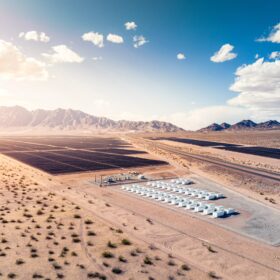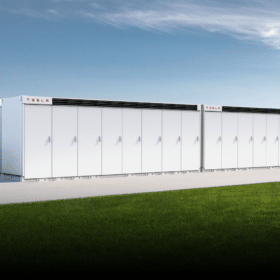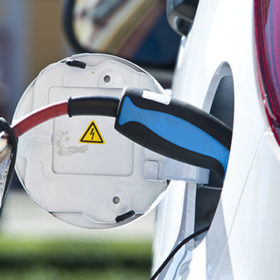Adaptive control of V2Gs incorporating EV owner expectations
Australian researchers have developed a novel adaptive decentralized control strategy for electric vehicle (EV) integration, incorporating both microgrid and EV-side conditions into the primary frequency control. They have proposed new indices to evaluate the charge and discharge capabilities of EV batteries, as well as the satisfaction levels of EV owners.
Role of hydrogen, batteries in UK’s decarbonization efforts
Hydrogen and battery technologies are expected to play an increasingly vital role in the UK’s transition to net zero by 2050, but the varying time scales of their rollouts are driving uncertainty in predicted market share profiles over time, according to a new report.
CATL launches 500 Wh/kg condensed matter battery
Chinese battery industry heavyweight CATL has unveiled a novel condensed matter battery technology with an energy density of up to 500 Wh/kg. The company said it can achieve mass production within this year.
PV-powered robotic lawn mower from New Zealand
Researchers from Massey University in New Zealand have developed a robotic lawn mower with three 50 W solar panels and a 20 Ah lithium-iron-phosphate (LiFePO4) battery. Two of the PV panels can be retracted and stacked inside the robot. They slide out when it needs to recharge its batteries.
Tesla Master Plan projects 3 TW of solar and 6.5 TWh of storage in US
Tesla releases its third Master Plan, with a broad focus on clean electricity generation and storage, as well as related manufacturing costs.
Viessmann adds Wallbox to PV-battery-heat pump package
Viessmann’s new sub-distribution system links various components and connects them to the power grid. Its Wallbox has a charging capacity of 11 kW (three-phase) and is equipped with a 7.5-meter “Type 2” charging cable.
Japanese oil suppliers testing solar carports for EVs under PPA model
Idemitsu Kosan is leading a four-year demonstrator to assess the viability of solar carports for EV recharging at Tanegashima Airport in Japan. The 54.7 kW solar facility will sell power to airport buildings via a power purchase agreement (PPA) and to EV users under a pay-as-you-go billing system.
Tesla to build new battery plant in China
Tesla has revealed plans to build a new Megapack battery factory in Shanghai, according to the Xinhua news agency.
Australian startup using second-life Nissan Leaf EV battery packs for storage
Relectrify, an Australian battery technology startup, has secured approval from the International Electrotechnical Commission for its ReVolve energy storage product, which opens the way for it to globally scale up its cell-level control tech.
North America’s bid to onshore rare earth supply
With electric vehicle (EV) adoption set to turbocharge demand for rare earth elements in Canada and the US this decade, attempts are being made to loosen the region’s dependence on China for the sourcing and processing of such critically important energy transition materials.










